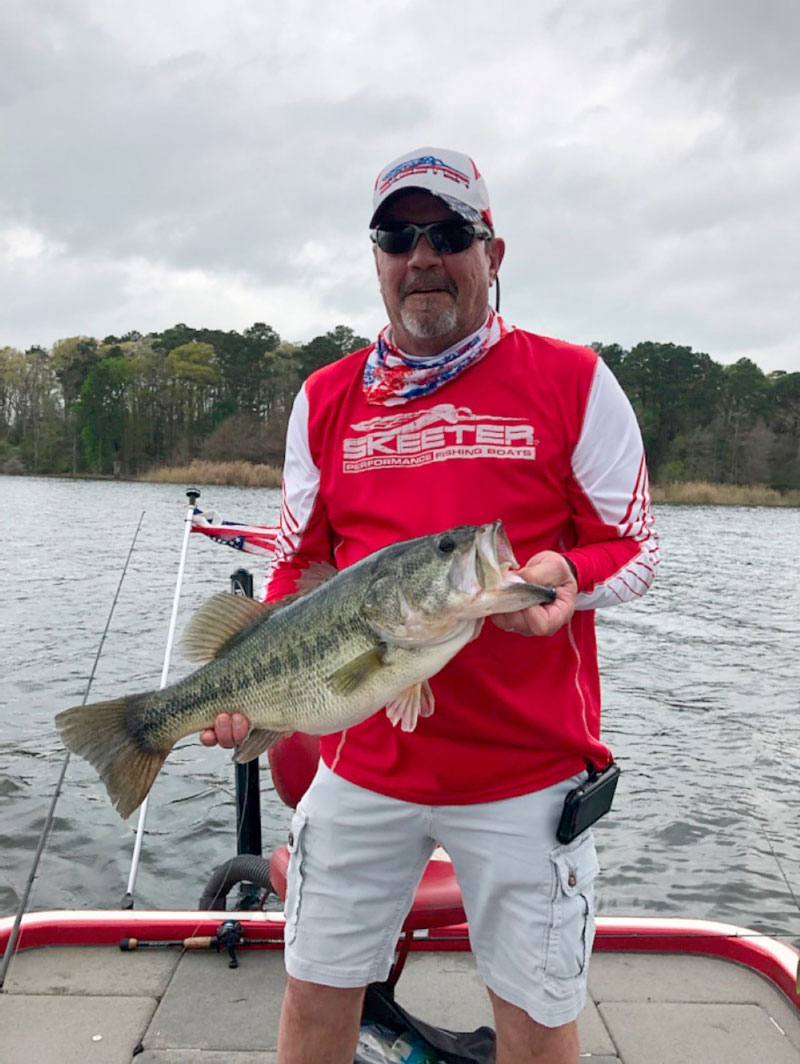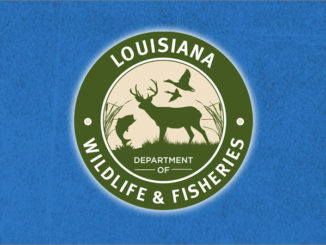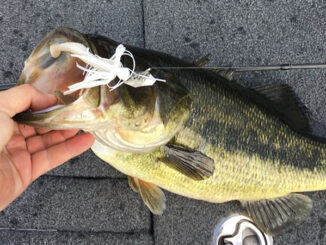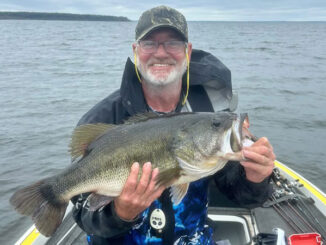
Bass are getting biologically ready for the spawn, which for the most part usually occurs in late January, February and March at Toledo Bend. And when that happens this year it’s possible this border lake won’t be ready for them in the shallows. That will change the way we fish.
Toledo Bend was low, 4.36 feet below full pool of 172. Last month, lake level was at 167.64, which is what it’s been around for the fall with little rainfall in each early cold front. It’s setting up a lot like it was going into January 2021 when the lake level was at 167.80 two days after Thanksgiving 2020.
With the lake mostly devoid of aquatic vegetation in the traditional spawning areas, higher water levels inundate the bushes and wood, providing more cover for the migrating bass. Wihout that, it’ll be a challenge without a serious rise in the water level.
Nervous anglers
Yeah, I’m nervous. If we don’t get some heavy rain events associated with the inevitable cold fronts that roll through this region in early winter, the lake stays low. So no grass. No bushes and no wood to speak of in the water (with the exception of a little up north). That’s not good. When there was an abundance of grass over the past 65 years, there was cover for the bass to go to, get on and stay on throughout the process from pre-spawn to post-spawn no matter the water level. And that grass provided protection for the subsequent fry and fingerlings.
We’ll have to hope for the best and deal with what we’ve got when that time comes. Hopefully, we’ve had another four feet of water before the spawn is ready to begin. If we don’t and the lake level is around what it is now, we’ll be catching most of our fish like we are catching them now. That’s by staying on the move and throwing Alabama rigs, the No.1 deal, lipless crankbaits like Rat-L-Traps, and bladed jigs.
Really, the bass bite has been above average fishing that way in 12- to 20-foot drains where the bass and baitfish have been hanging out throughout the fall. The doesn’t change that much if the water remains low in January. And, I believe, the bite could be even better.
Fish the edges
Concentrate on the outside waters, the main lake, and probe the migratory routes, the creek channels, this month until the water level rises. If something changes, i.e. the water rises, the bass will follow and it’ll be traditional January-February bass fishing slugfest.
Fish with red ½-ounce Rat-L-Traps, ½-ounce red and baitfish-colored bladed jigs, such as Delta Lures Thunder Jigs, and red square bill crankbaits. If the water stays down and the water color doesn’t stain, anglers might want to exchange red for chrome and shad-colored lipless crankbaits and square bill crankbaits.
Stay on the trolling motor, cover water and hold on. Like I wrote last year about January: It’s a time when bass that bite can be a 2-pounder or a 10-pounder … or heavier!
As for the grass situation here, the lack of it, the state Department of Wildlife and Fisheries started a project in November to investigate the loss of submerged aquatic vegetation at Toledo Bend. State biologists are addressing the program and that’s encouraging. They know what vegetation means to fish.
Experimental enclosures, unfenced planting sites and control plots have been installed at Cow Bayou, Blue Lake and Pirate’s Cove.
I’m behind that project all the way. It’s time to restore this lake’s bass fishing to its glory.
I’ve been guiding on this lake most of my life and you’re welcome in my boat. Give me a call at (936) 404-2688.


